Employee Value Proposition (EVP): The Ultimate Guide
_%20The%20Ultimate%20Guide.png)
Many companies now treat their employee value proposition as a key strategy to attract, engage, and retain top talent. If you want to build a strong team, you need to clearly define what is an EVP and use it to explain the value your company offers employees in return for their work.
An effective employee value proposition shows candidates what sets your workplace apart, the kind of support they can expect, and how you invest in their growth. Deloitte found that while 82% of employees want to feel seen as individuals, only 31% believe their employer offers a unique experience. That gap gives you a clear chance to stand out and build lasting loyalty by delivering a meaningful employee experience.
In this article, you'll learn what makes a strong employee value proposition, and how to create an EVP that resonates with the people you want to hire and keep.
What Is an Employee Value Proposition (EVP)?
An employee value proposition is the unique combination of benefits, values, and experiences that your organization offers in exchange for the skills, capabilities, and commitment of its employees. It answers the question: “Why should talented individuals choose your company over competitors?”
That EVP acts as both a clear statement and an evolving promise that shapes how people perceive, experience, and advocate for your organization.
Within large enterprises dealing with scale, complexity, and intense competition for talent, an effective EVP must resonate with diverse employee needs and support strong employee engagement across all levels.
Why Does a Compelling EVP Matter for Business?
Offering a strong employee experience through a clear employee value proposition helps businesses attract, hire, and keep the right talent, boosting culture and performance. Here’s how:
Decreased employee turnover
Employee turnover drains resources and costs US businesses around $1.8 trillion every year, according to recent data. When you measure employee value proposition success by hiring people who truly fit and enjoy the work they do, long-term retention improves significantly.
In fact, Gartner reports that companies can reduce turnover by up to 69% when they consistently deliver on EVP promises.
Greater employee engagement
People engage more deeply when they clearly understand what they’re working toward and how the company supports them daily. Gallup finds that highly engaged teams can increase profitability by 23%, while also improving customer loyalty by more than 10%.
A compelling EVP brings clarity to roles and rewards, which helps build meaningful employee connections with the organization.
Increased performance, profitability, and growth
Happiness and engagement in the workplace have a direct impact on productivity and business output. According to the University of Warwick, happy workers deliver a 12% increase in productivity, which positively affects performance and profitability.
A well-crafted employee value proposition can create the conditions for long-term business growth and stronger operational outcomes.
Higher cost savings
A strong EVP attracts more qualified candidates who are better aligned with your company’s expectations and values. When the fit is better from the start, hiring becomes more efficient, and long-term retention saves money on frequent rehiring.
Gartner research shows that companies with a strong EVP increase new hire commitment by nearly 30%, helping reduce onboarding and training costs over time.
More transparency
Transparency builds lasting trust between employees and leadership, especially when expectations and outcomes are clearly communicated. A recent global survey by Slack revealed that when leaders are transparent about company developments, employees are 1.6× more likely to feel trusted, 1.8× more productive, and 2.3× more focused.
By clearly outlining the rewards, support, and expectations upfront, your EVP strengthens internal trust and helps reduce confusion or mismatched expectations later.
What’s the Difference Between Your EVP and Your Employer Brand?
Your employer brand perception reflects the public image and identity your company shares with the outside world. Companies shape that image through ads, packaging, and campaigns like social responsibility initiatives. These efforts help make your company easily recognizable to customers, clients, job seekers, and competitors.
On the other hand, your employee value proposition shapes the experience of the people working inside your company every day. An EVP helps attract talent by clearly communicating how the company supports, rewards, and values its employees.
While authentic employer branding draws attention from the outside, EVP keeps employees committed on the inside. Together, they define how you attract talent and how you retain it once they’re hired.
Benefits of a Strong Employee Value Proposition
A clear EVP helps people apply with purpose when they see how well the role fits them. When candidates recognize that your company offers what they want, they apply with more confidence and stay longer.
Here’s how a strong EVP helps:
- You keep people longer when you hire those who already value your culture, goals, and way of working
- People care more about their work when they see real support, recognition, and rewards every day
- Your hiring costs drop because you spend less time replacing people who weren’t the right fit
- Employees talk more about your company when they believe others would also thrive in the same environment
- You stand out clearly in crowded job markets when your offer speaks directly to what people want
What Makes a Successful Employee Value Proposition?
Your organization’s unique strengths shape the experience you offer employees. To build a strong EVP, identify what sets your company apart in culture, opportunities, and work environment.
Every EVP should be different, but strong ones always give people clear and honest reasons to:
- Choose your company when they see real benefits and a future that makes sense to them
- Stay longer when their work matches what they value and where they want to grow
- Feel respected and supported by the company every day
- Trust the company rewards hard work and cares about their progress
Here’s what makes a compelling EVP:
Culture & belonging
Your company shapes team connections, leadership styles, communication, collaboration, and camaraderie through its culture every day. Evaluating diversity, equity, and inclusion efforts reveals how your organization creates a workplace where every employee feels supported and included.
When employees feel a true sense of belonging, they stay committed and contribute more fully to your company’s success.
Personal growth & career development
Talented employees want to grow professionally. They expect clear career paths, regular performance reviews, visible leadership support, recognition, and guidance.
Your EVP should explain how employees can learn, advance, and receive new opportunities, including mobility across cities or project types.
Engaging work
Work must offer meaning, challenge, variety, and autonomy. A strong EVP includes well-functioning tools and systems, regular feedback loops, and the chance to work on impactful projects.
As a result, employees stay engaged when they believe their contributions matter and receive credit for successes.
Rewards & benefits
Salary provides basic value, but your EVP should highlight additional rewards like bonuses, stock options, and planned pay increases. Statistics show that employees satisfied with pay and benefits are 26% more likely to feel their expectations are exceeded and 13% more likely to stay for more than three years.
Additionally, include perks like PTO, health insurance, paid parental leave, student loan support, retirement benefits, and caregiving programs tailored to your industry and workforce.
Wellbeing
An effective EVP provides wellness programs like fitness classes, health coach access, and flexible work options. These programs help employees manage their work and personal lives better.
For example, companies that offer wellness programs reduce sick days by 28% and lower healthcare costs by 25%. Employees who join these programs also boost their productivity by 66%.
How Do You Create an Employee Value Proposition?
Creating a strong EVP requires strategic focus because it defines your employer brand and helps attract, engage, and retain your best talent. Whether leadership leads or someone owns it, follow these key stages to build or improve your EVP.
1. Audit your existing offering
Begin with a clear inventory of what your company already provides in each EVP category. You likely offer competitive salaries, health benefits, and even well-being programs.
Take time to describe those advantages precisely so you realize the value you already deliver to employees.
2. Ask your employees
Gather feedback directly from the people doing the work, using your employee survey platform to understand what really matters. Run different surveys at various stages:
- Onboarding surveys: Help new hires share their first impressions about your employer brand
- Short employee engagement surveys: Use engagement surveys to uncover what your current team values, what frustrates them, and how they feel day to day
- 360‑degree surveys: Help assess how well managers and teams are working together
- Exit surveys: Help find reasons why people leave and identify ways to retain future hires
3. Analyze the employee feedback
When you review employee survey data, look across the six key EVP areas to uncover specific patterns. Identify what your most successful team members value most about their roles and where they believe improvements are needed. Their feedback gives you a starting point to make your EVP more relevant to both current and future employees.
As you dig into the results, pay special attention to what drives retention and engagement across different age groups and teams. You often find that employees stay for reasons hiring managers overlook. Some groups prioritize development, while others value flexibility or strong communication. Textio’s 2023 report shows that employees who receive low-quality feedback leave their jobs 63% more often. That insight makes it clear that how you deliver employee feedback plays a direct role in turnover and satisfaction.
You can simplify this process by using top EVP software like ClearlyRated, which guides your team through survey design, results analysis, and follow-up action. ClearlyRated follows a simple three-step method to improve employee experience:
- Survey design: Build surveys that reflect your specific industry, culture, and people. You can collect important metrics like employee Net Promoter Score (eNPS) and compare results against top industry benchmarks.
- Results analysis: Once the data is in, ClearlyRated helps you read between the lines. It spots key patterns, identifies early signs of disengagement, and points out what your top performers have in common, so you can build more teams like them.
- Showcasing outcomes: After acting on feedback, you can use ClearlyRated to publish verified team satisfaction results. This helps strengthen your employer brand and makes it easier to attract candidates who value a strong internal culture.
By using a structured approach and the right tools, you can move beyond surveys and take action that directly impacts culture, retention, and overall business performance.
4. Draw up your employee value proposition
Use your survey results to craft an EVP that truthfully reflects life at your company. Cover all essential elements such as culture, growth, work, pay, and wellness.
Then, have a focus group of current employees test your draft to confirm that your message feels real and relatable to both new and experienced hires.
5. Get internal buy-in
After drafting a clear and honest employee value proposition, weave it into daily operations and the entire employee lifecycle. For example:
- Integrate the EVP into hiring materials, onboarding, and orientation
- Use it in engagement strategies for ongoing employee success
- Reinforce it through leadership support, performance feedback, recognition, and rewards
- Include it in exit interviews and alumni interactions
When your EVP becomes part of daily company life, employees naturally turn into brand ambassadors.
6. Get the word out
Your EVP only reaches full potential when you communicate it publicly. Feature it in marketing campaigns, press outreach, job posts, your website, and company videos.
You can also share it from candidate outreach to alumni relations so it reflects consistently across all channels.
7. Manage, monitor, and review your employee value proposition
Treat your EVP as a living framework, not a one-time campaign. Hence, use your employee survey platform regularly to check whether your EVP continues to resonate. Track how changes in sentiment or engagement evolve over time.
Plus, periodically refine your message, adjust delivery channels, and keep the emphasis on genuine employee experience.
Employee Value Proposition Examples
Your EVP examples must reflect both clear, measurable rewards and deeper, qualitative benefits to employees. Below are some of these examples:
Quantitative
Quantitative elements show employees what they can expect in clear, measurable ways, such as:
- Competitive salaries and performance-based bonuses
- Stock options or equity plans
- Full health coverage, retirement plans, and paid time off
- Gym memberships or wellness programs
- Paid training, career development funds, and learning stipends
Qualitative
Qualitative elements build trust and long-term commitment by offering:
- Leaders who welcome feedback and provide support
- Clear paths for advancement
- A culture based on trust, inclusion, and teamwork
- Purpose-driven work
- Flexible policies around time and location
The Role of ClearlyRated in EVP Strategy
Organizations with a strong EVP are 1.18 times more likely to report better overall performance, 1.16 times more likely to generate higher innovation, and 1.14 times more likely to see higher workforce productivity.
As an employee experience and reputation management platform, ClearlyRated helps organizations build clarity and trust in their EVP by supporting every stage of execution. Here’s how ClearlyRated helps in the EVP strategy:
A. Surveying EVP pillars
With ClearlyRated, you can send targeted surveys focused on EVP pillars such as purpose and alignment, career development, recognition and engagement, and inclusion and culture fit. These EVP survey tools offer dynamic, pre-built questions tailored to your industry and workforce needs.
You can save time designing surveys and instead gather rich testimonials and critical feedback to measure what matters most to employees. Automated reminders and personalized, mobile-optimized survey interfaces improve response rates.
Additionally, benefit from integrations that trigger surveys at key employee journey points, making feedback collection seamless and efficient.
B. Customization and branding
ClearlyRated allows you to fully customize survey content to match your company’s unique EVP pillars and brand tone. You can co-brand all communications, including invitations and follow-ups, to reinforce your employer identity and keep your EVP messaging consistent.
This personalization helps employees and candidates feel your EVP is genuine and reflective of your culture.
C. Real-time feedback loops
The platform consolidates all feedback and Net Promoter Score (NPS) metrics into a user-friendly dashboard. You access real-time data on response rates, satisfaction, and engagement trends without switching between multiple tools or spreadsheets.
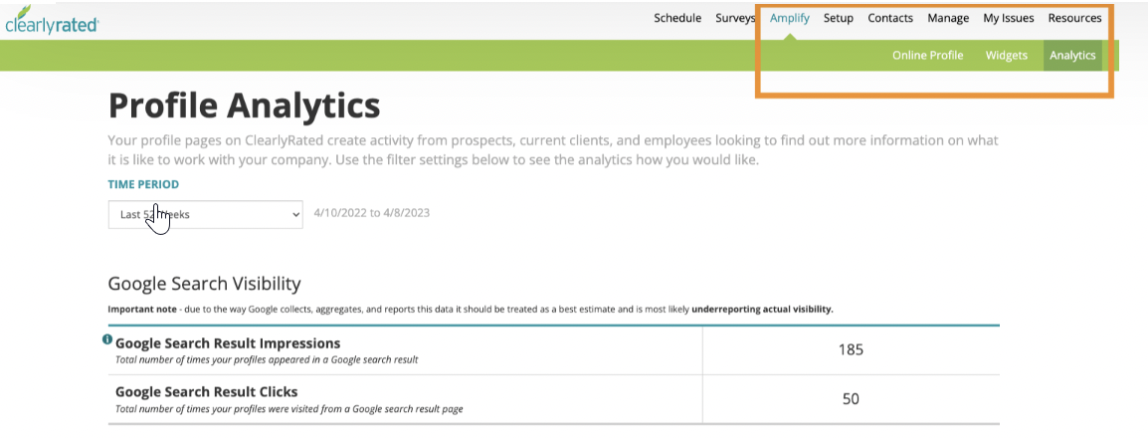
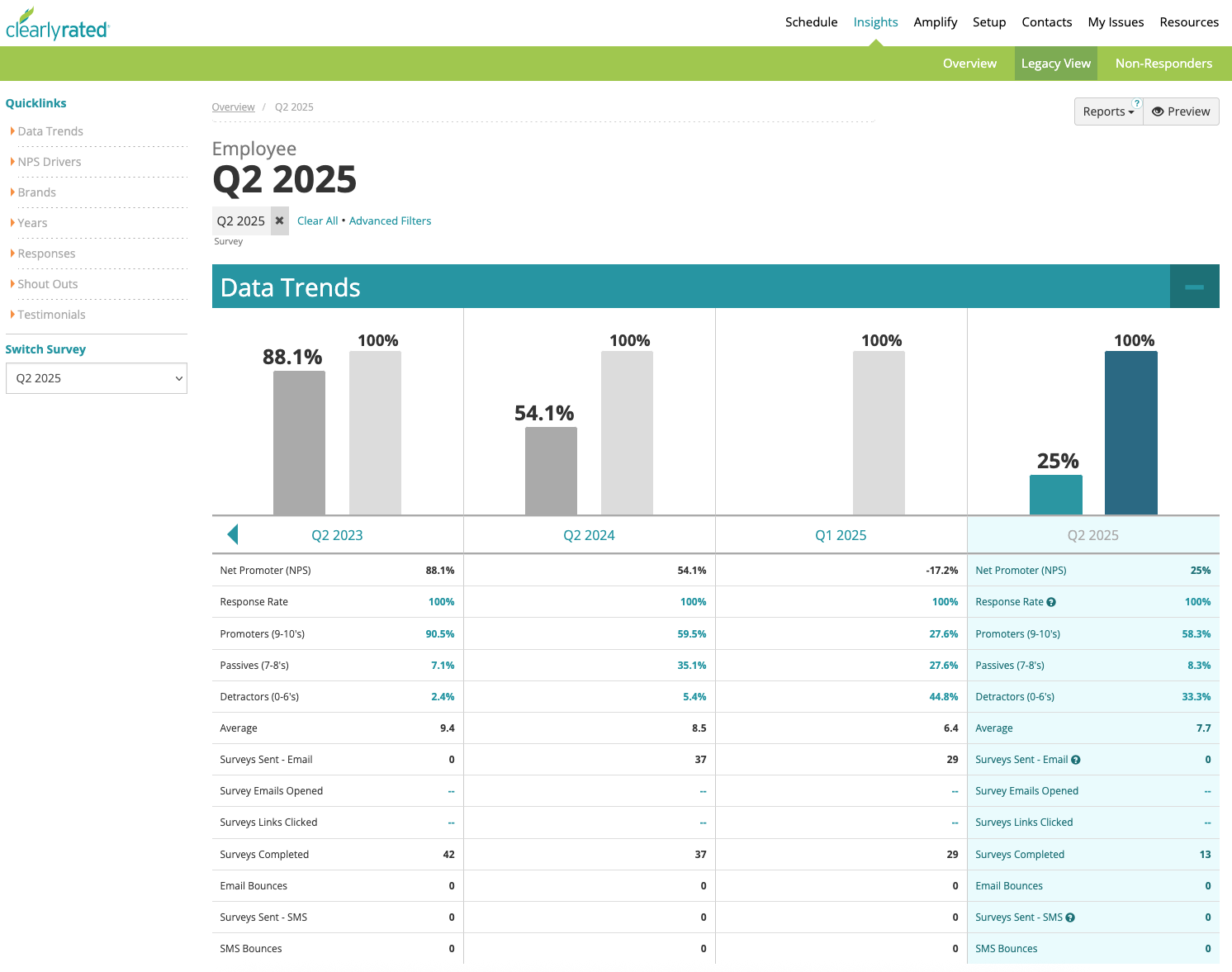
ClearlyRated’s reporting tools allow you to benchmark your performance against industry standards, adding valuable context to your data. You can segment feedback by service type or employee demographics to gain precise insights into specific areas.
This continuous listening approach lets you quickly identify gaps between employee expectations and experience. You can then adjust your EVP messaging, programs, and initiatives based on actionable data to keep your EVP relevant and effective.
ClearlyRated also helps you showcase verified employee NPS, strengthening your employer brand. By marketing these results, you can attract and retain top talent while building loyalty among current employees.
Transform Your EVP and Employee Experience the Right Way
Employee feedback lives in HR, and client feedback stays in CX, leaving critical insights disconnected between teams. When employee satisfaction drops, client service soon follows, risking loss on both fronts before you can react.
ClearlyRated uses targeted, industry-specific surveys to gather detailed data, helping you benchmark against top performers and catch early signs of dissatisfaction. These EVP assessment tools provide managers with clear, actionable insights that build highly engaged teams and improve service quality.
A strong EVP reflects the true voice of your workforce, not just crafted messages. ClearlyRated helps HR and branding teams capture genuine employee sentiment, which drives stronger engagement, improves retention, and creates an authentic employer brand.
Book a demo today to explore EVP best practices and turn feedback into meaningful growth.
FAQs
What is an example of an employee value proposition?
A great EVP example is: “We offer meaningful work, career growth, competitive pay, supportive culture, and flexible work-life balance to attract and retain engaged, motivated employees.”
What are the 5 pillars of EVP?
The five EVP pillars are culture & belonging, engaging work, rewards and benefits, wellbeing, and personal growth and career development, together forming the foundation of a compelling employee experience.
What makes a good EVP?
A good EVP is authentic, aligned with employee values, built around clear pillars, consistently communicated, and delivers on promises—helping attract talent and boost retention.
How to build a strong employee value proposition?
Define your EVP pillars, gather employee insights, align with company values, craft clear messaging, test perceptions, and refine regularly to ensure it remains relevant, engaging, and differentiated.
FAQs


.png)

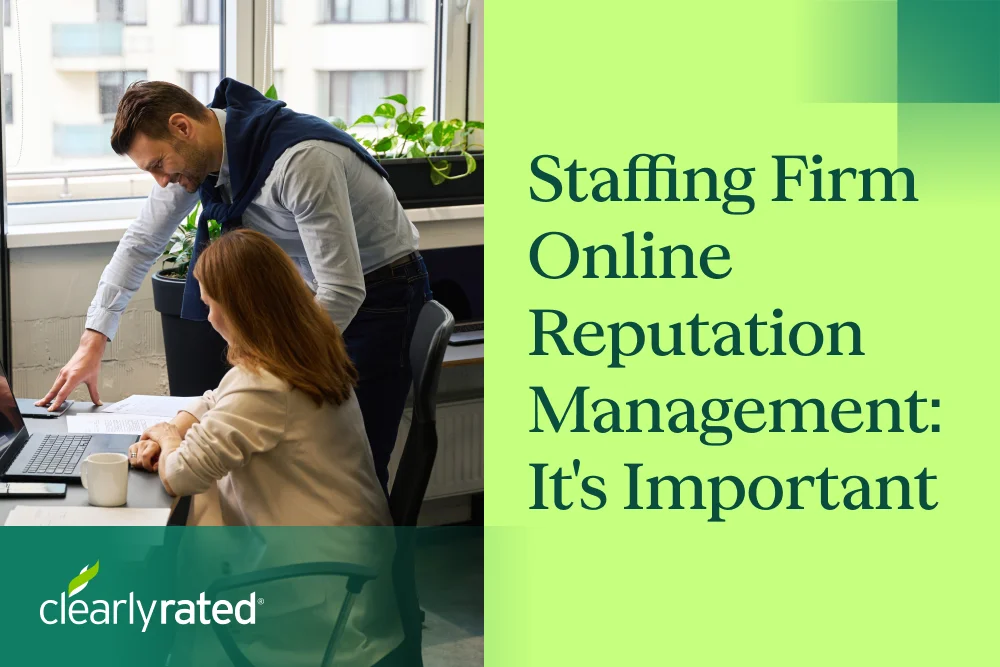

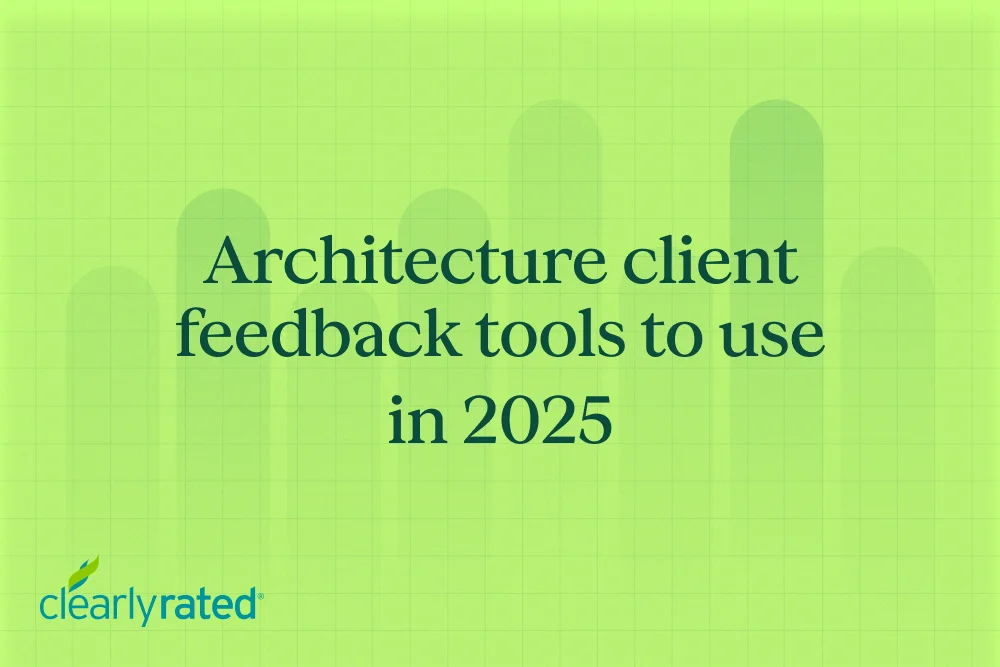


%5B1%5D.webp)
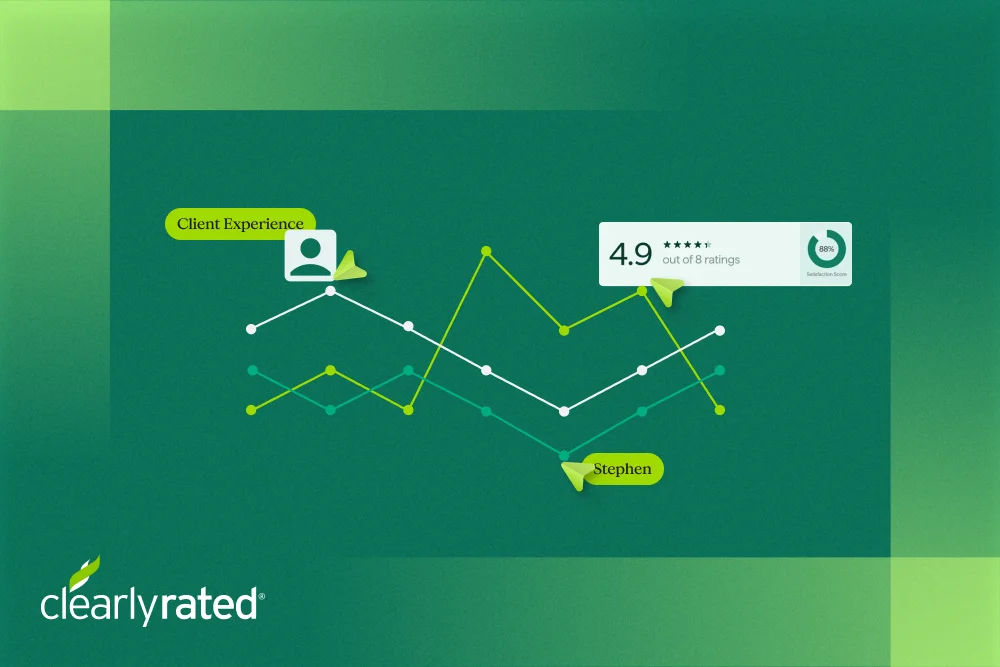






.png)






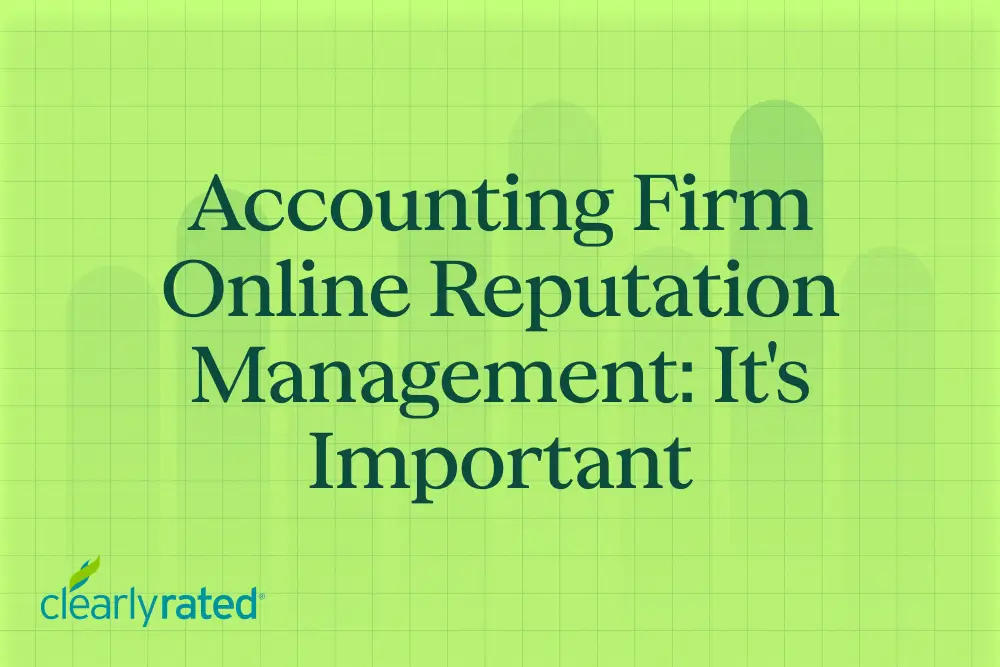
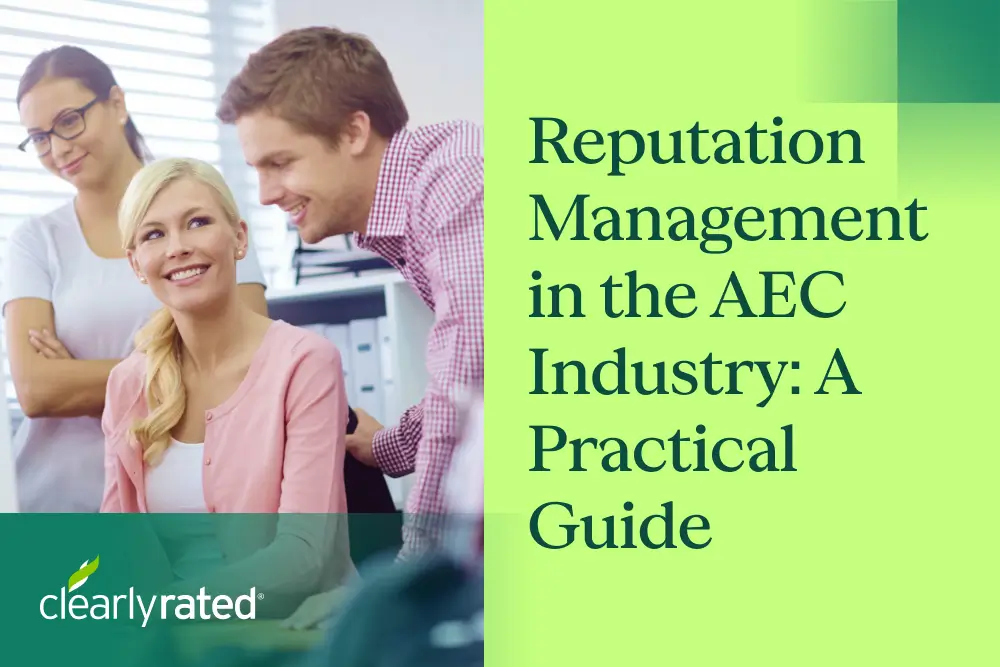

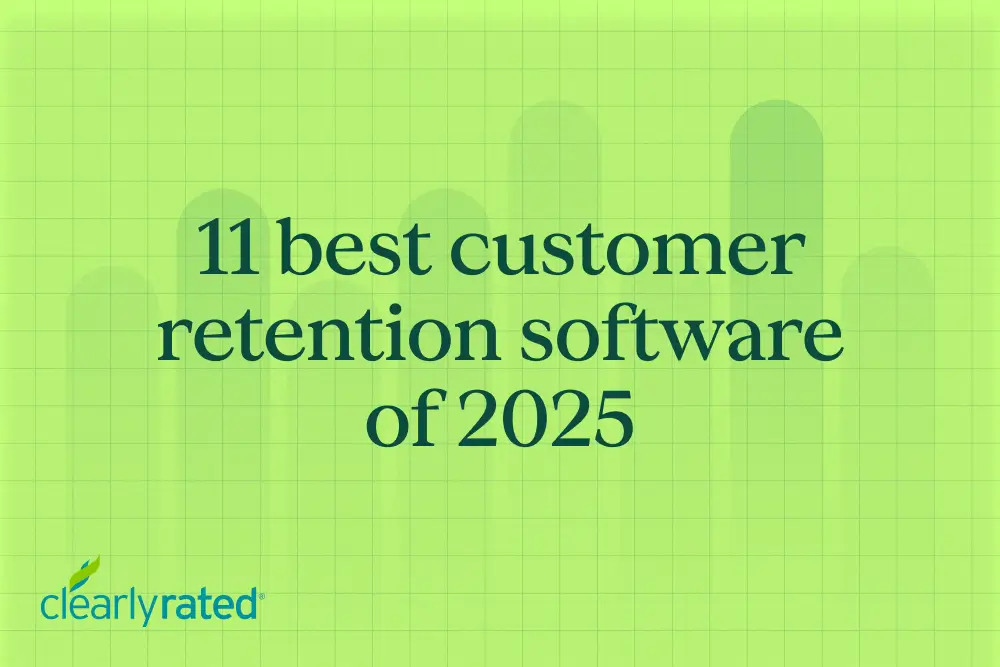

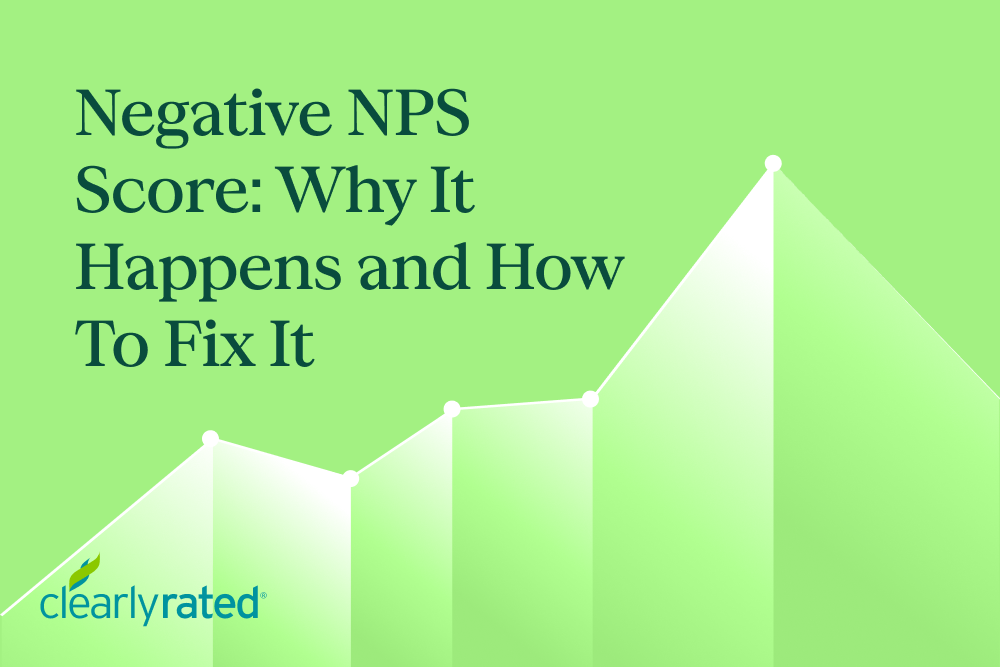


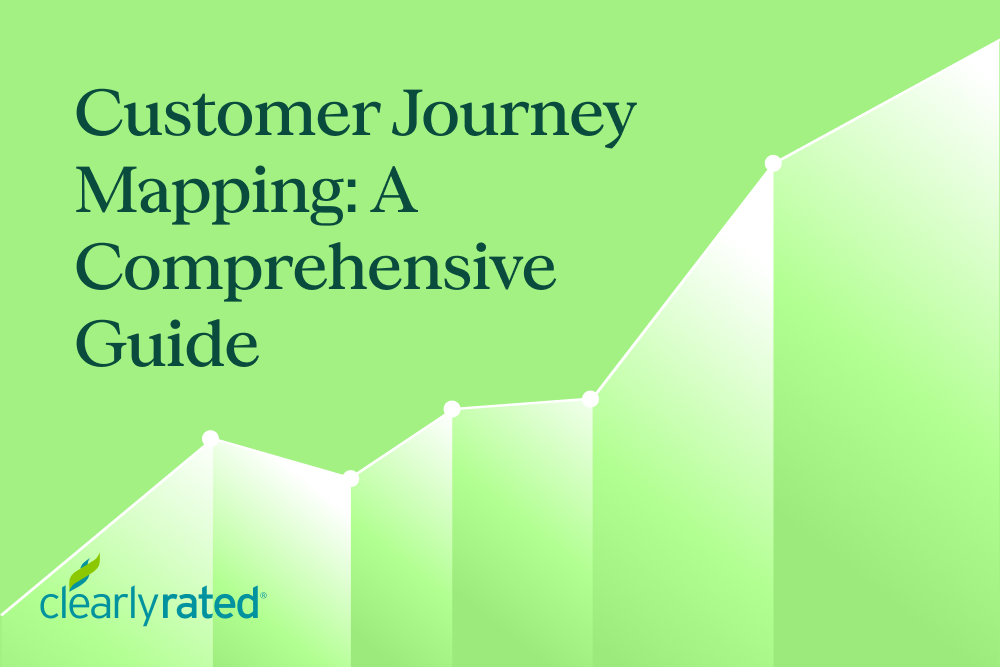

.png)




















%20in%20the%20Workplace.png)










.png)

%20and%20how%20can%20you%20increase%20it.png)
_%20A%20Step-by-Step%20Guide.png)

.png)
.png)




_.png)



%20in%202028.png)


_%20The%20Ultimate%20Guide%20(2024).png)











